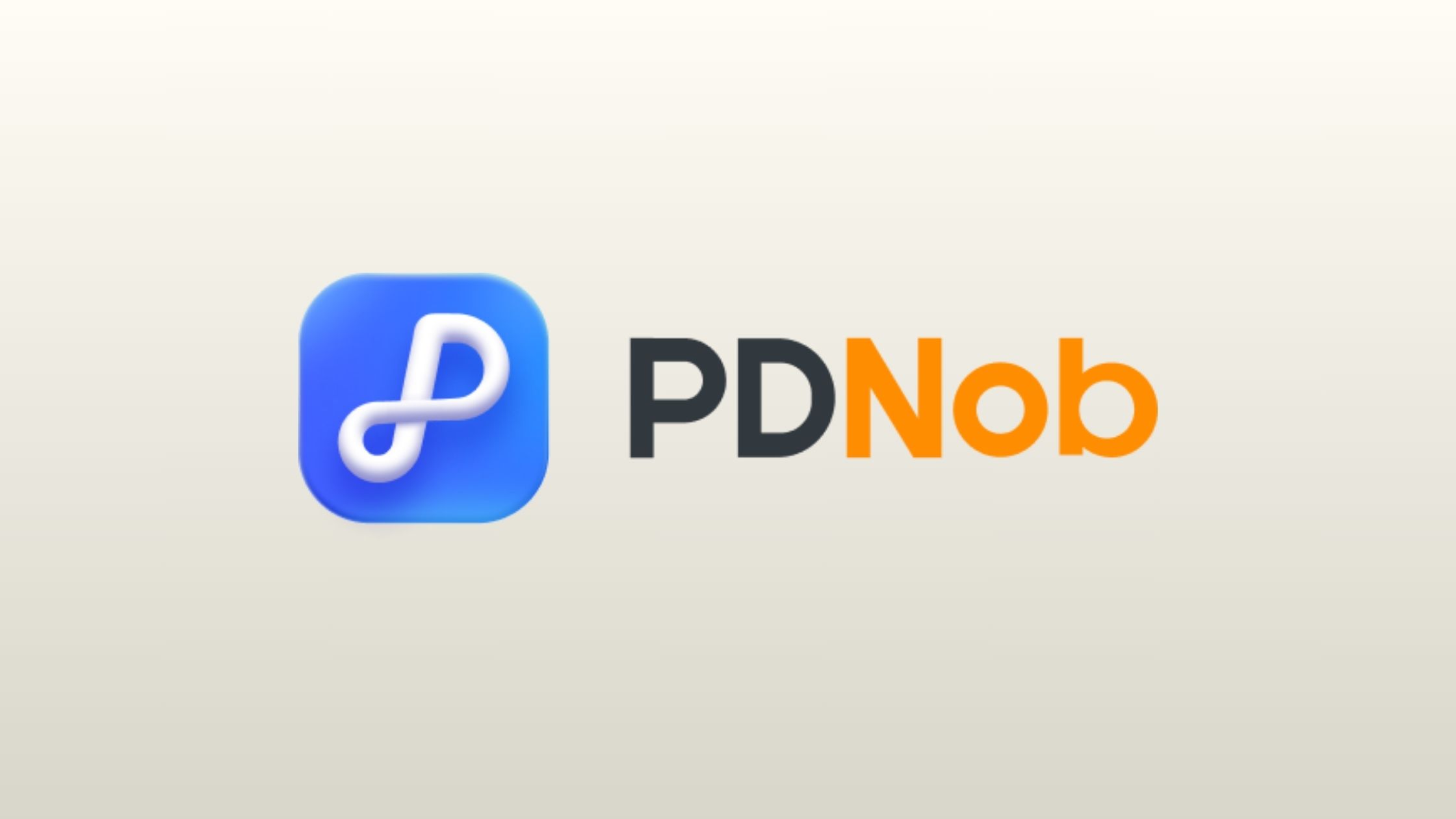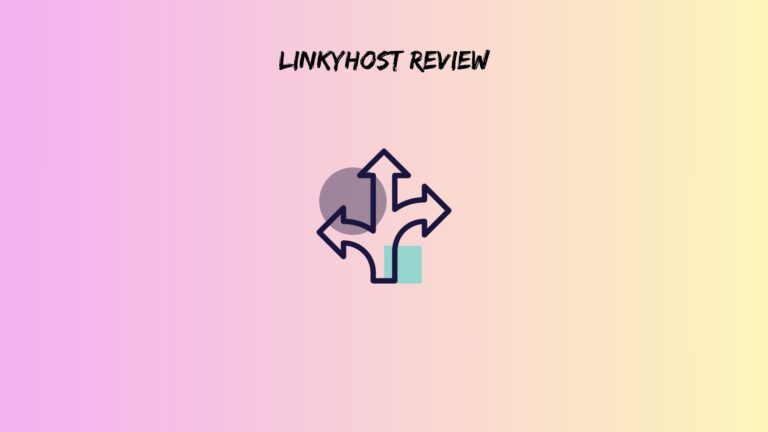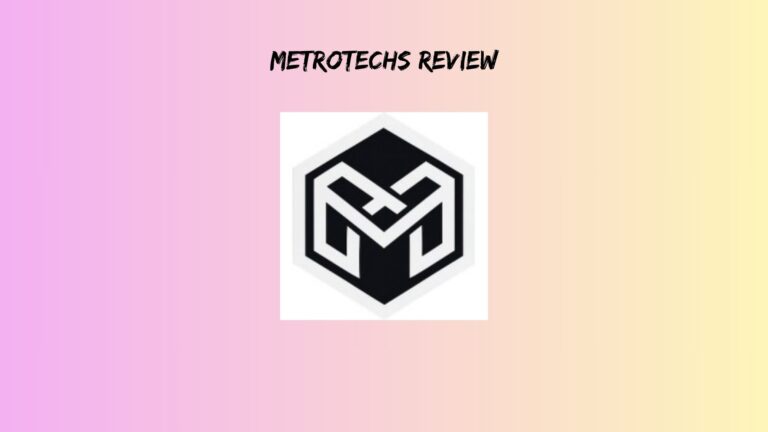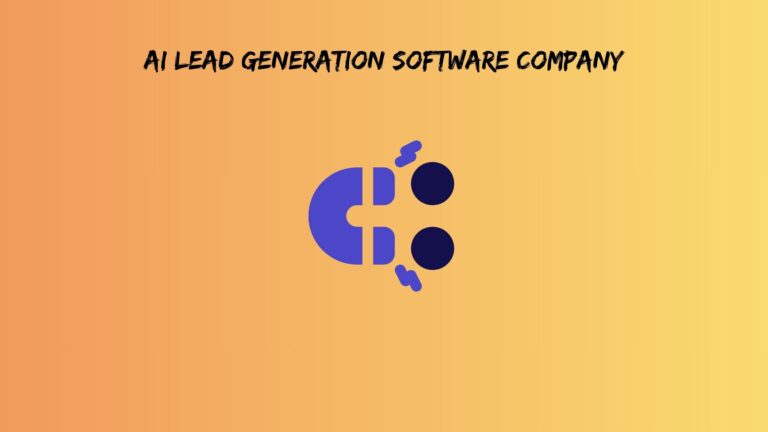PDNob Review: What No One Tells You About This Screen OCR Tool
Ever tried copying text from a PDF only to get gibberish? Or worse, spent hours retyping content from scanned documents? PDNob promises to solve these headaches with AI-powered OCR technology. But here’s the thing: most reviews skip the real problems you’ll face daily.
This PDNob review cuts through the marketing fluff to show you what actually works (and what doesn’t).
What Exactly Is PDNob?
PDNob isn’t just another PDF tool trying to compete with Adobe. It’s built around one core idea: making text extraction painless for regular folks who don’t want to spend $200 on premium software.
The platform combines OCR (Optical Character Recognition) with standard PDF editing features. Think of it as your Swiss Army knife for document problems – it handles everything from converting scanned receipts to editing contracts.
Their target audience? Students cramming for exams, small business owners processing invoices, and anyone tired of manual data entry. The pricing reflects this too – free tier with basic features, premium plans starting around $9.99 monthly.
What sets PDNob apart is its focus on simplicity. While competitors load their interfaces with dozens of buttons, PDNob keeps things clean. Upload, process, download. Done.
Core Features That Actually Matter
OCR Capabilities: The Main Event
PDNob’s OCR engine handles most standard documents pretty well. Clean, typed text gets recognized with about 95% accuracy – decent enough for most tasks.
Language support covers major options like English, Spanish, French, and German. However, don’t expect miracles with handwritten notes or fancy fonts. The system struggles with cursive writing and decorative typefaces.
Batch processing works, but there’s a catch. Free users get limited uploads per day, while premium subscribers can process multiple files simultaneously.
PDF Editing: Beyond Text Recognition
Basic editing tools include text modification, image insertion, and page management. You can merge PDFs, split large documents, and rotate pages as needed.
The annotation features work well for simple markup. Add comments, highlight text, or insert shapes without issues. However, advanced formatting options remain limited compared to professional tools.
Conversion Magic
PDNob shines when converting PDFs to Word, Excel, or PowerPoint. The conversion process preserves most formatting, though complex layouts sometimes get scrambled.
Image-to-PDF conversion happens quickly. Drop in your photos, and PDNob creates a clean PDF within seconds. Quality remains solid for most document types.
The Good Stuff Nobody Talks About
PDNob’s interface deserves credit for being genuinely user-friendly. New users can start working without tutorials or extensive setup. The learning curve barely exists.
Cloud-based access means you can work from anywhere. Forgot your laptop? No problem – just open a browser and continue where you left off. This flexibility beats desktop-only alternatives.
Customer support responds faster than expected. Most queries get answered within 24 hours, which is rare for budget-friendly tools.
Processing speed impresses, too. Small to medium files get handled in under 30 seconds. Even larger documents rarely take more than a few minutes.
The pricing structure feels fair. You get substantial functionality in the free tier, and premium upgrades unlock features most users actually need.
The Problems They Don’t Advertise
Here’s where this PDNob review gets real. OCR accuracy drops significantly with complex layouts. Multi-column documents, tables, and mixed text-image pages often produce messy results.
Formatting preservation isn’t perfect. Converted documents frequently need manual cleanup, especially when dealing with branded materials or custom layouts.
File size limitations hit hard on the free plan. Large PDFs get rejected, forcing upgrades or file splitting. This becomes annoying when processing lengthy reports or presentations.
Processing speed varies wildly based on server load. Peak hours can slow things down considerably, making urgent tasks frustrating.
Security concerns exist with cloud processing. Sensitive documents get uploaded to PDNob’s servers, which might worry privacy-conscious users. Local processing options don’t exist.
Advanced features remain basic compared to premium alternatives. Power users will quickly bump into limitations that require expensive upgrades or tool switching.
PDNob Online Review: Web vs Reality
The online version works smoothly on modern browsers. Chrome and Firefox handle it best, while Safari occasionally throws compatibility issues.
Internet dependency becomes a real problem. Slow connections make the tool practically unusable, and offline work simply isn’t possible.
Upload limitations feel restrictive. Large files take forever to process, and connection interruptions can lose your work entirely.
Browser-based editing feels less responsive than desktop applications. Expect slight delays when making changes or navigating between pages.
How PDNob Stacks Against Free Alternatives
Adobe Acrobat Reader DC offers better OCR accuracy but lacks editing features in the free version. PDNob provides more functionality for basic users.
Smallpdf and ILovePDF compete directly with similar feature sets. PDNob’s interface feels cleaner, though processing speeds are comparable.
Google Drive’s built-in OCR works well for simple documents but lacks dedicated editing tools. PDNob bridges this gap effectively.
The best free PDF editor title depends on your needs. For OCR-heavy tasks, PDNob wins. For advanced editing, consider premium alternatives.
Also read: Best top 5 SMS and Email Marketing Platform
Who Should Actually Use PDNob?
Perfect for students digitizing handwritten notes or textbook pages. The accuracy works well enough for study materials, and the price fits student budgets.
Small business owners processing invoices, receipts, or contracts will find PDNob useful. It handles standard business documents without expensive software investments.
Casual users who occasionally need PDF editing will appreciate the simplicity. No complex training required – just upload and go.
However, avoid PDNob for mission-critical documents requiring perfect accuracy. Legal professionals, publishers, or anyone needing flawless formatting should invest in premium tools.
Heavy users processing dozens of documents daily will quickly outgrow the free limitations. Consider the premium plan or professional alternatives.
The Bottom Line
PDNob delivers solid OCR functionality without breaking the bank. It’s not perfect, but it solves real problems for most users.
The free tier provides enough features for occasional use. Premium plans make sense for regular users who need higher limits and better support.
Best practices include testing OCR accuracy with your specific document types before committing. Keep backup copies of important files, and expect some manual cleanup after conversion.
Consider upgrading when you hit file size limits or need batch processing. The premium features justify the cost for active users.
Alternative recommendations: Try Adobe Acrobat DC for professional work, or stick with Google Drive for simple OCR tasks.
FAQs
Is PDNob completely free?
Basic features yes, but limitations apply. Premium plans unlock full functionality.
How accurate is the OCR feature?
About 95% for clean, typed text. Handwritten or complex layouts perform worse.
Can I use PDNob offline?
No, internet connection required for all features.
Is my data secure with PDNob?
Documents get processed on their servers. Read their privacy policy for details.
PDNob works well for its intended purpose – making PDF OCR accessible to regular users. Just manage your expectations and understand the limitations before diving in.







